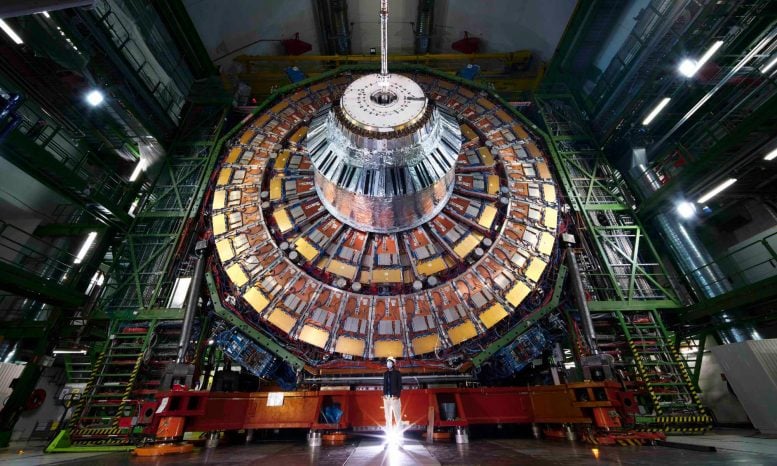
Building on their extensive involvement at CERN, the University of Rochester team recently achieved “incredibly precise” measures of the electroweak mixing angle, a crucial component of the Standard Model of Particle Physics. Credit: Samuel Joseph Hertzog; Julien Marius Ordan
Researchers at the University of Rochester, working with the CMS Collaboration at CERN, have made significant advancements in measuring the electroweak mixing angle, enhancing our understanding of the Standard Model of Particle Physics.
Their work helps explain the fundamental forces of the universe, supported by experiments like those conducted at the Large Hadron Collider which delve into conditions similar to those after the Big Bang.
Unveiling Universal Mysteries
In the quest to decode the mysteries of the universe, researchers from the University of Rochester have been involved for decades with international collaborations at the European Organization for Nuclear Research, more commonly known as CERN.
Building on their extensive involvement at CERN, particularly within the CMS (Compact Muon Solenoid) Collaboration, the Rochester team—led by Arie Bodek, the George E. Pake Professor of Physics—recently achieved a groundbreaking milestone. Their achievement centers on measuring the electroweak mixing angle, a crucial component of the Standard Model of Particle Physics. This model describes how particles interact and precisely predicts a plethora of phenomena in physics and astronomy.
“The recent measurements of the electroweak mixing angle are incredibly precise, calculated from collisions of protons at CERN, and strengthen an understanding of particle physics,” Bodek says.
The CMS Collaboration brings together members of the particle physics community from across the globe to better understand the basic laws of the universe. In addition to Bodek, the Rochester cohort to the CMS Collaboration includes principal investigators Regina Demina, a professor of physics, and Aran Garcia-Bellido, an associate professor of physics, along with postdoctoral research associates and graduate and undergraduate students.
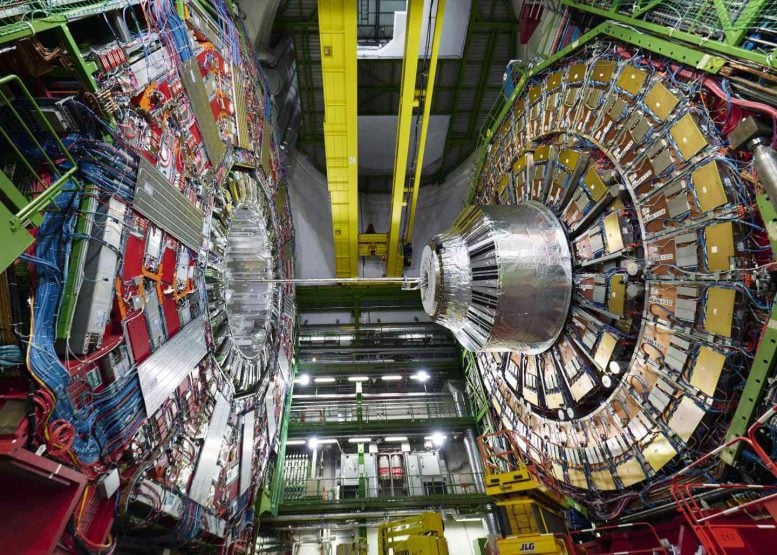
University of Rochester researchers have a long history of work at CERN as part of the Compact Muon Solenoid (CMS) Collaboration, including playing key roles in the 2012 discovery of the Higgs boson. Credit: Samuel Joseph Hertzog; Julien Marius Ordan
A Legacy of Discovery and Innovation at CERN
Located in Geneva, Switzerland, CERN is the world’s largest particle physics laboratory, renowned for its groundbreaking discoveries and cutting-edge experiments.
Rochester researchers have a long history of work at CERN as part of the CMS Collaboration, including playing key roles in the 2012 discovery of the Higgs boson—an elementary particle that helps explain the origin of mass in the universe.
The collaboration’s work includes collecting and analyzing data gathered from the Compact Muon Solenoid detector at CERN’s Large Hadron Collider (LHC), the world’s largest and most powerful particle accelerator. The LHC consists of a 17-mile ring of superconducting magnets and accelerating structures built underground and spanning the border between Switzerland and France.
The primary purpose of the LHC is to explore the fundamental building blocks of matter and the forces that govern them. It achieves this by accelerating beams of protons or ions to nearly the speed of light and smashing them into each other at extremely high energies. These collisions recreate conditions similar to those that existed fractions of a second after the Big Bang, allowing scientists to study the behavior of particles under extreme conditions.
Unraveling Unified Forces
In the 19th century, scientists found that the different forces of electricity and magnetism were linked: a changing electric field produces a magnetic field and vice versa. The discovery formed the basis of electromagnetism, which describes light as a wave and explains many phenomena in optics, along with describing how electric and magnetic fields interact.
Building upon this understanding, physicists in the 1960s discovered that electromagnetism is connected to another force—the weak force. The weak force operates within the nucleus of atoms and is responsible for processes such as radioactive decay and powering the sun’s energy production. This revelation led to the development of the electroweak theory, which posits that electromagnetism and the weak force are actually low-energy manifestations of a unified force called the unified electroweak interaction. Key discoveries, such as the Higgs boson, have confirmed this concept.
Advances in Electroweak Interaction
The CMS Collaboration recently performed one of the most precise measurements to date related to this theory, by analyzing billions of proton-proton collisions at the LHC at CERN. Their focus was measuring the weak mixing angle, a parameter describing how electromagnetism and the weak force blend together to create particles.
Previous measurements of the electroweak mixing angle have sparked debate within the scientific community. However, the latest findings closely align with predictions from the Standard Model of Particle Physics. Rochester graduate student Rhys Taus and postdoctoral research associate Aleko Khukhunaishvili implemented new techniques to minimize systematic uncertainties inherent in this measurement, enhancing its precision.
Understanding the weak mixing angle sheds light on how different forces in the universe work together at the smallest scales, deepening an understanding of the fundamental nature of matter and energy.
“The Rochester team has been developing innovative techniques and measuring these electroweak parameters since 2010 and then implementing them at the Large Hadron Collider,” Bodek says. “These new techniques have heralded a new era of precision tests of the predictions of the Standard Model.”
The CMS Collaboration is an international scientific collaboration responsible for the Compact Muon Solenoid (CMS) experiment at CERN’s Large Hadron Collider. Comprising over 4,000 scientists from more than 200 institutions and 50 countries, the CMS Collaboration conducts research in high-energy physics, exploring fundamental particles and forces, including the famous discovery of the Higgs boson in 2012.


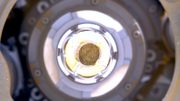
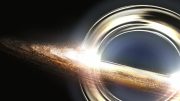
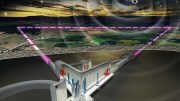
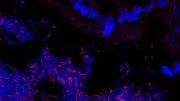
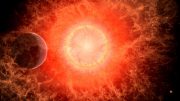
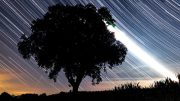
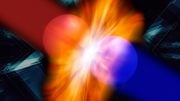
NBHVGCFDXS.MNBHVGCFRXDS. BVGCFXDZSA.
Everyone knows, though some won’t admit it, that the force behind all of nature is God, whose Son, Jesus, not only created all things but by Whom all things consist.
Building on their extensive involvement at CERN, the University of Rochester team recently achieved “incredibly precise” measures of the electroweak mixing angle, a crucial component of the Standard Model of Particle Physics.
Alvin Ellis’s words are not without reason.
Building on their extensive involvement at CERN, the University of Rochester team recently achieved “incredibly precise” measures of the electroweak mixing angle, a crucial component of the Standard Model of Particle Physics.
Please ask researchers to think deeply:
1. If the standard model is not based on mathematics, but on imagination, is it scientific?
2. Is scientific experimentation omnipotent?
3. Is there a correlation between mathematical graphics and physical reality?
4. Why can mathematics become the language of science, rather than else?
5. Can the universe do algebra, formulas, and fractions?
6. Where does the power of photon and electron spin come from?
7. Why do topological vortices spin?
8. Which is the 2D physical reality observed in physical experiments compared to topological vortices?
9. Where is the exact moment when mathematical probability is handed over to physical reality?
etc.
If researchers are really interested in science and physics, you can browse https://zhuanlan.zhihu.com/p/693933588, and https://zhuanlan.zhihu.com/p/595280873, and https://zhuanlan.zhihu.com/p/701032654.
A minimal error or deviation may result in wide divergence. Scientific research guided by correct theories can help humanity avoid detours and failures.
Science is not the place for superstition.
very good!
Alvin Ellis’s words are not without reason. This is because the current standard model is based on imagination rather than mathematics, making it less convincing.
If you are really interested in science, you can browse https://zhuanlan.zhihu.com/p/684863580 and https://zhuanlan.zhihu.com/p/624024548.
Great!
If the standard model is based on mathematics, not imagination, it will not provide a breeding ground for superstition. The universe does not do algebra, formulas, or fractions. The universe is the superposition, deflection, and twisting of geometric shapes. The standard model must be based on mathematics and mathematical models in order to be scientific and convincing.
Building on their extensive involvement at CERN, the University of Rochester team recently achieved “incredibly precise” measures of the electroweak mixing angle, a crucial component of the Standard Model of Particle Physics.
Please ask researchers to think deeply:
1. If the standard model is not based on mathematics, but on imagination, is it scientific?
2. Is scientific experimentation omnipotent?
3. Is there a correlation between mathematical graphics and physical reality?
4. Why can mathematics become the language of science, rather than else?
5. Can the universe do algebra, formulas, and fractions?
6. Where does the power of photon and electron spin come from?
7. Why do topological vortices spin?
8. Which is the 2D physical reality observed in physical experiments compared to topological vortices?
9. Where is the exact moment when mathematical probability is handed over to physical reality?
etc.
If researchers are really interested in science and physics, you can browse https://zhuanlan.zhihu.com/p/693933588, and https://zhuanlan.zhihu.com/p/595280873, and https://zhuanlan.zhihu.com/p/701032654.
A minimal error or deviation may result in wide divergence. Scientific research guided by correct theories can help humanity avoid detours and failures.
The two fundamental forces are bestowment and reception. That means information flow is fundamentally asymmetric, and the universe should not be modeled in terms of symmetry breaking of equal opposites. The source of all information in the universe is from outside the universe. It is necessarily intelligent, since it contains all information that is and will be in our ever-expanding universe. The expansion of our universe is due to the constant stream of information from this source.
As information is assembled (ordered), local entropy is reduced. Entropy is increased at the edges of the universe.. This is why we observe the expansion of the universe. The self-emergence of order (ex: life and consciousness) is an assembly of information. This assembly of information (reduction of entropy) is balanced by the expansion of the universe (increase of entropy).
This process of information assembly with regards to life has been quantified recently in the paper titled, “Assembly theory explains and quantifies selection and evolution”.
Self-emergence is a result of the asymmetric interaction of the forces of bestowment and reception (of information). The source of all information that flows into the universe is the source of universal causality. The cause of all things that have “self-emerged.” Effectively, the intelligent creator of the universe. It is intelligent because it is all that is and will be. Intelligent control of the information flow directly leads to the planned assembly of our universe.
This is the missing link in big bang theory, and I think the asymmetric approach and source of causality existing outside our observable universe resolves most/all of the dualities and causality paradoxes in modern physics. It also explains the self-emergence of life and consciousness, reconciles with theology (especially Kabbalah), and offers a framework for intelligent design.
I think it also stipulates that what we see as random quantum fluctuations are not random at all. But precisely ordered at the universal macro level in a way that drives the assembly of the universe. Making Einstein’s cheeky quote regarding quantum mechanics more relevant than he may have realized.
In my opinion.
Very good!
Your opinion is very brilliant. It seems that you no longer need mathematics, just as so-called academic journals such as Physical Review Letters has done and is currently doing.
Good luck to you.
There is a practical reality we overlook: the universe is wordless, only humanity is verbal so when we introduce words into Nature, the results are always inaccurate simply because the universe is is not words.
What is real is that humanity and nature share an in-common, non-verbal attraction or love to live, and everything grows and shares it, moment by moment, including this moment.
This moment also includes humanity’s story-driven, suicidal, attraction to conquer nature, to excessively win our war with it that we’ve alredy won, to our loss. That makes our scientific findings more human propaganda that continues to deteriorate the life of our planet, including us.
There is a readily available “Pristine Truth” solution for those who care about the excessive abuse of Nature, including our inner nature/child; visit http://www.ecopsych.com/index8888 Try it. Do you think our personal and global psyche, ethics, and morality appreciate it? If so, for the wise, that’s the industry and wave of the next moment.
You are working very hard.
However, it is still a pity.
Physical reality is that the foundation of science is mathematics, is the superposition, deflection, and twisting of geometric shapes, not particles imagined by some people, let alone devil, angels, and gods.